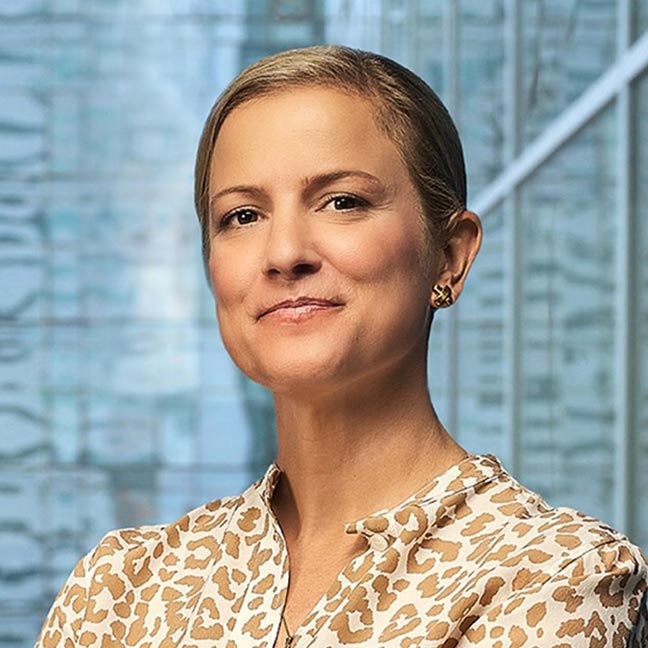How should insurers implement the new IFRS regulations?
As both valuation of assets and liabilities and profit emergence are key to stakeholders, insurers will need to implement a strategy to successfully transition to the new accounting standards. This strategy should generate investment returns that sufficiently exceed the cost of funding to create value for shareholders and mutual members, while minimising balance-sheet and earnings volatility.
Under such an approach, insurers should consider:
- Reviewing their current balance sheet by type of asset and liability, and classifying blocks of assets and liabilities by valuation and profit recognition method.
- Modelling their existing balance sheet using strategic asset allocation tools to assess expected asset returns, cost of funding and volatility.
- Implementing changes, where required, to asset classes, securities and investment vehicles and fine-tuning balance-sheet management.
In addition, insurers may also wish to consider issues such as taxation, which should be incorporated into tailored assessments for individual insurers.
Next steps: investment solutions
In the final article of the series, I will focus on effective investment solutions for insurers under the new accounting rules.


















